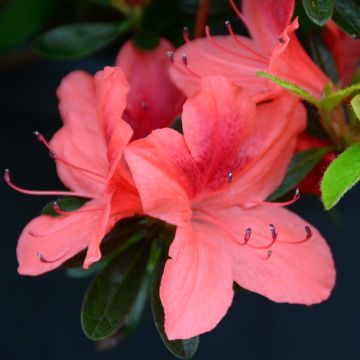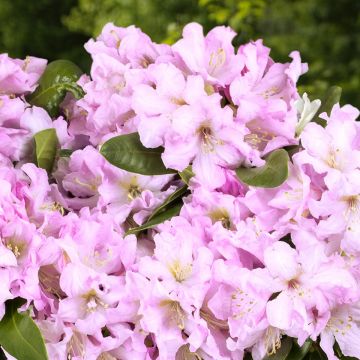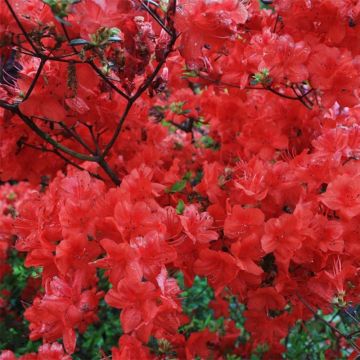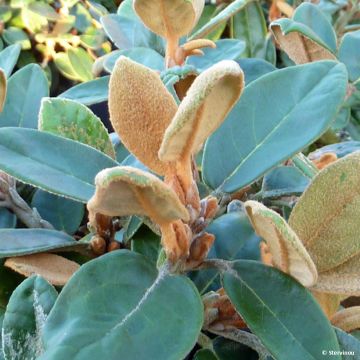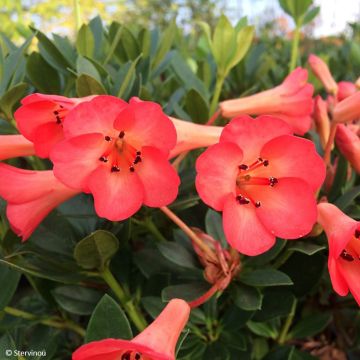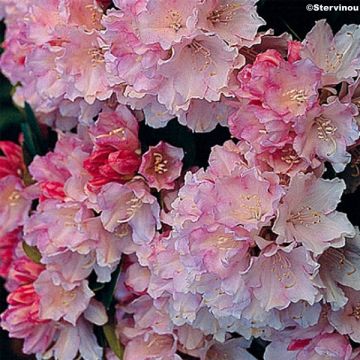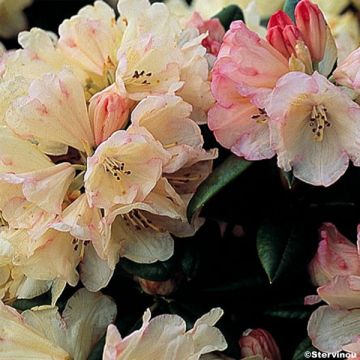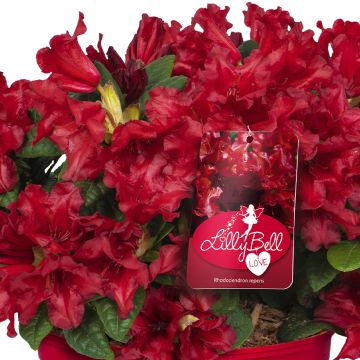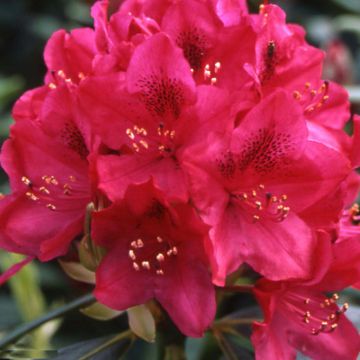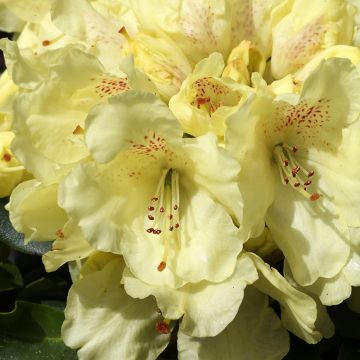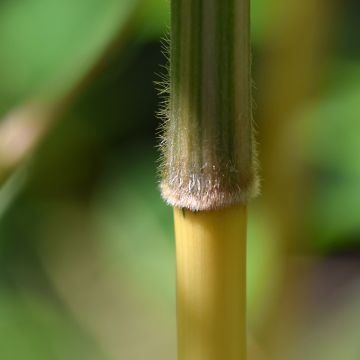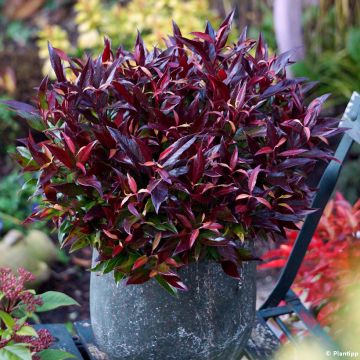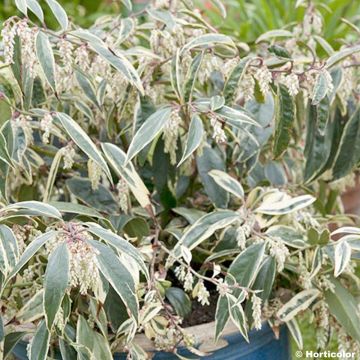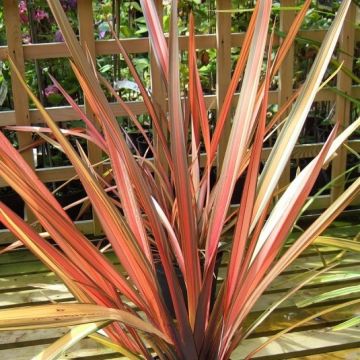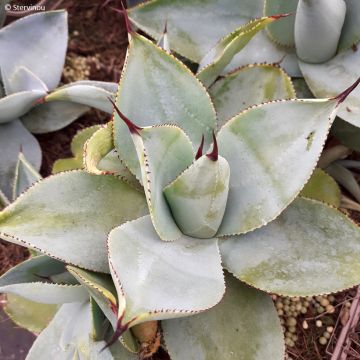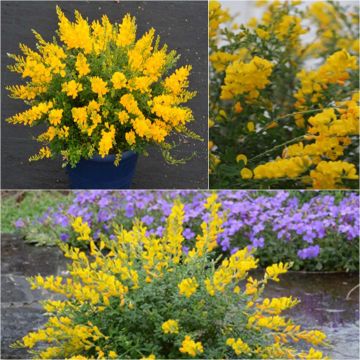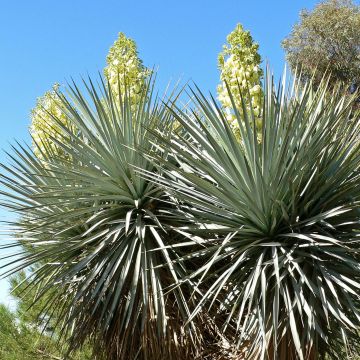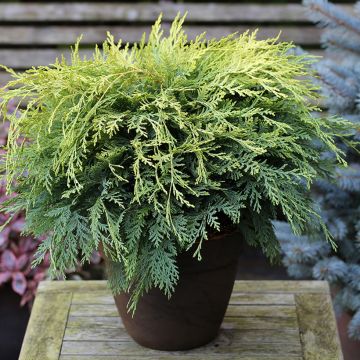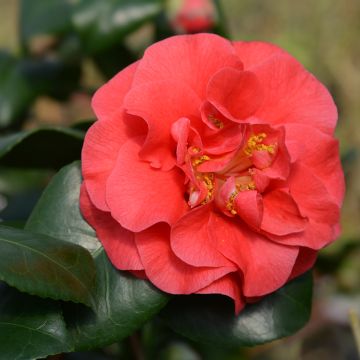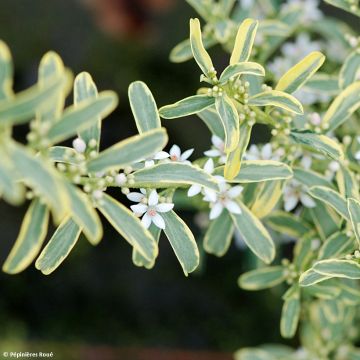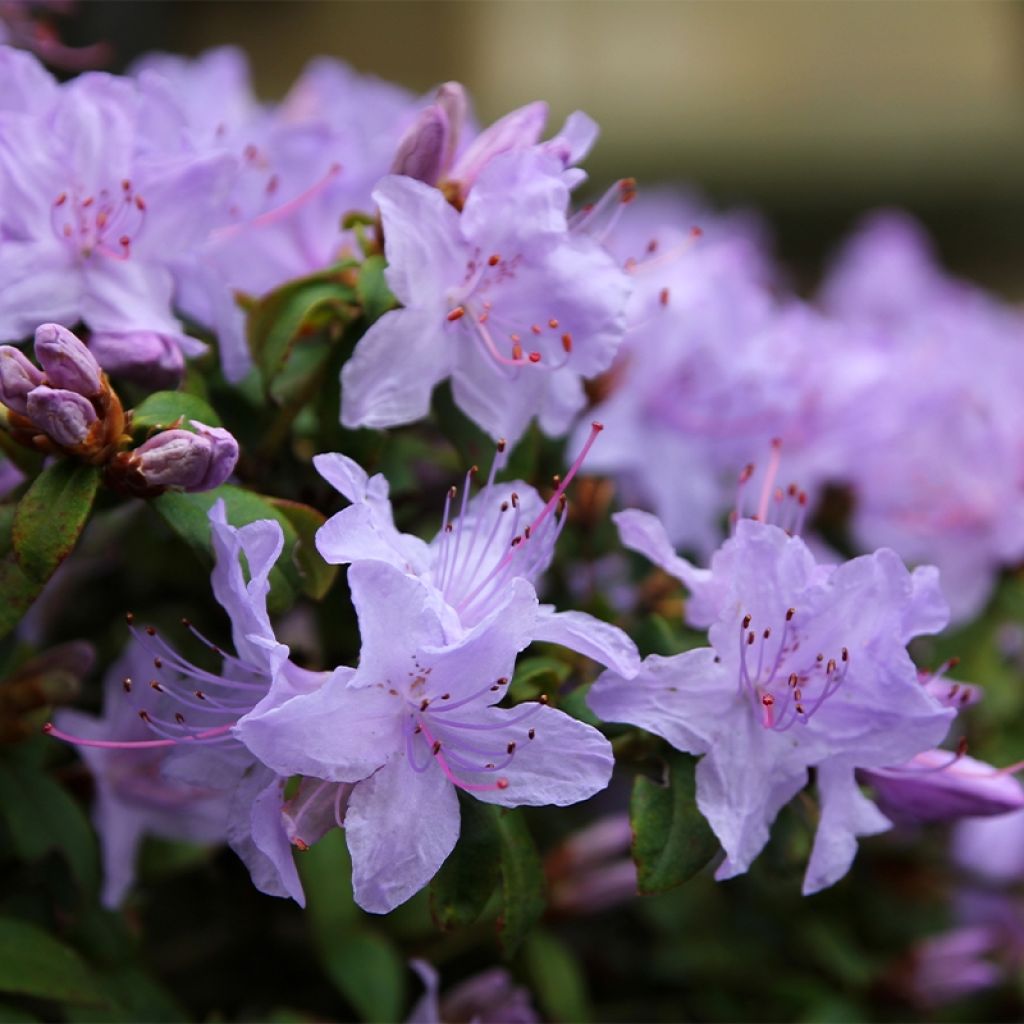

Rhododendron x impeditum Blue Tit
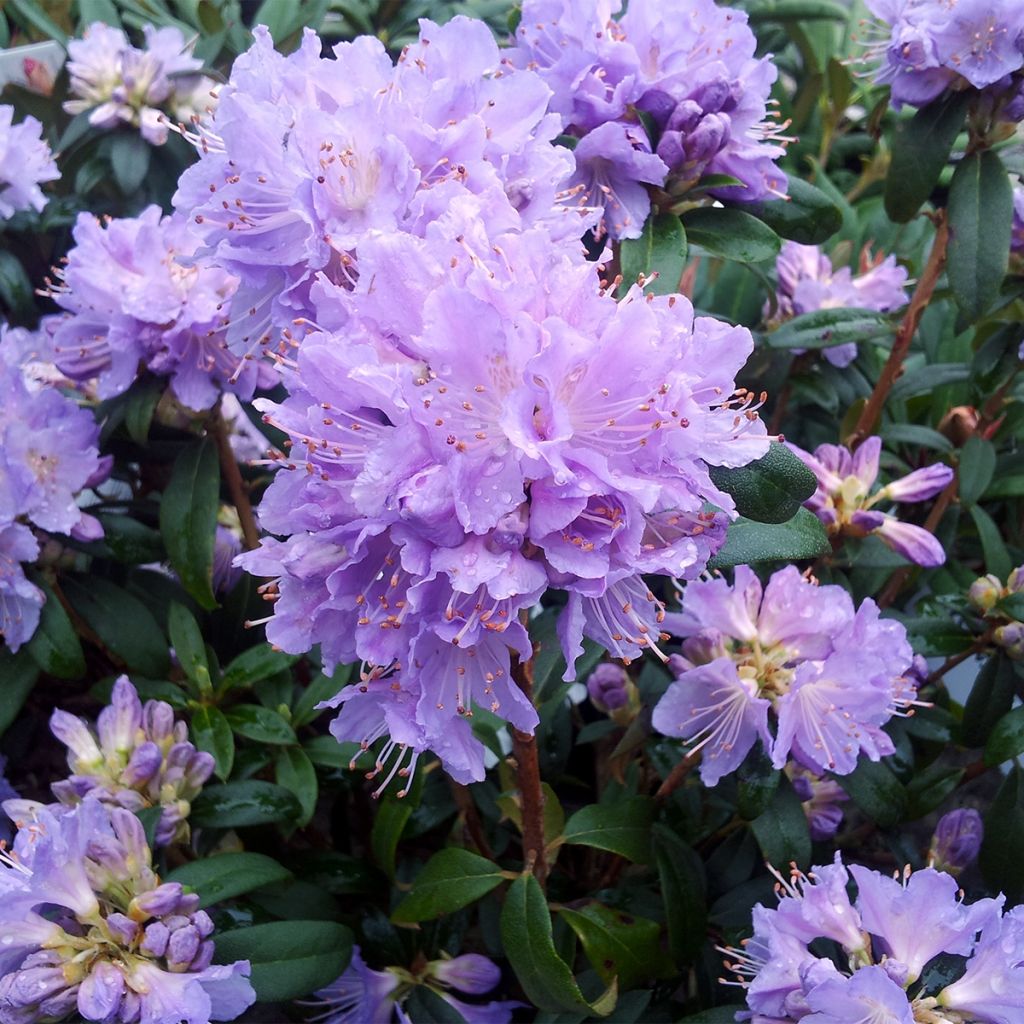

Rhododendron x impeditum Blue Tit
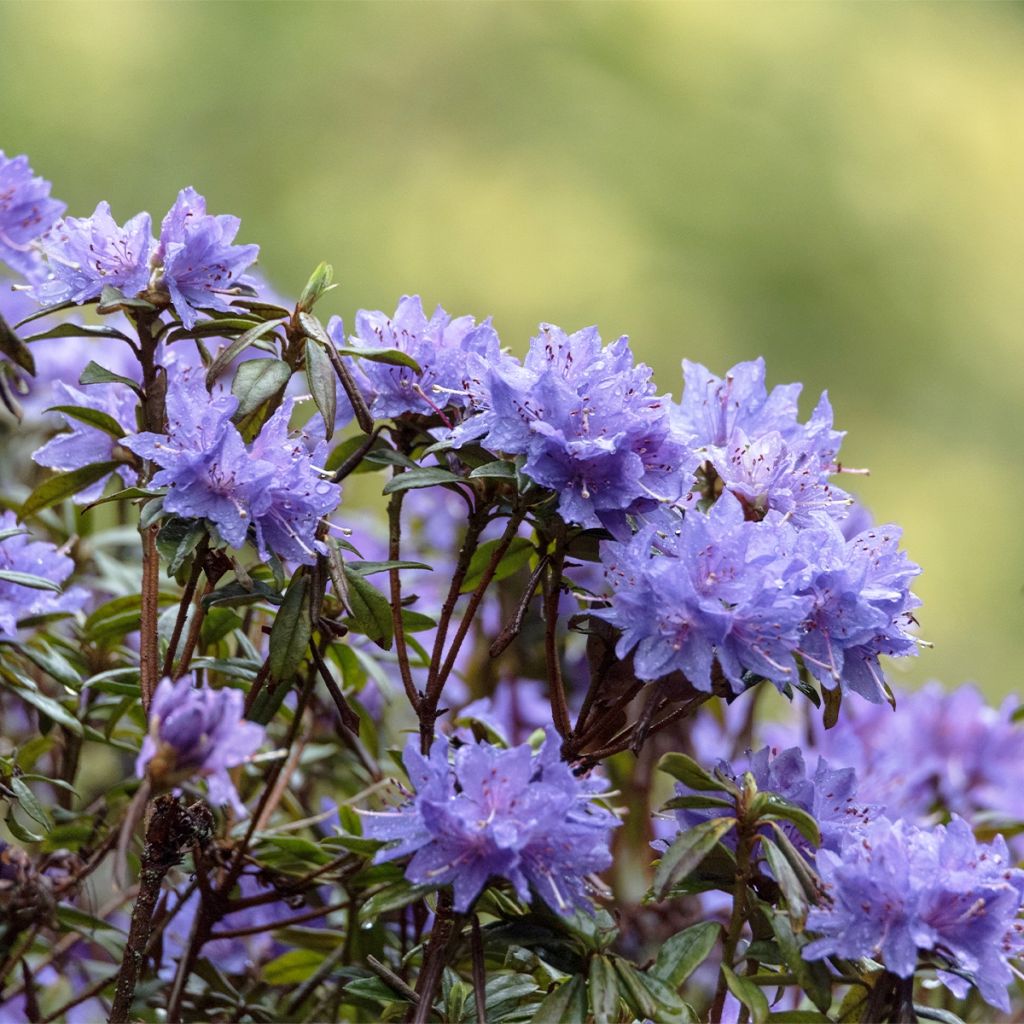

Rhododendron x impeditum Blue Tit
Rhododendron x impeditum Blue Tit
Rhododendron x impeditum Blue Tit
Rhododendron nain
This item cannot be shipped to the selected country
Delivery charge from €5.90
More information
Schedule delivery date,
and select date in basket
This plant carries a 24 months recovery warranty
More information
We guarantee the quality of our plants for a full growing cycle, and will replace at our expense any plant that fails to recover under normal climatic and planting conditions.
From €5.90 for pickup delivery and €6.90 for home delivery
Express home delivery from €8.90.
Does this plant fit my garden?
Set up your Plantfit profile →
Description
Rhododendron 'Blue Tit' is a charming small evergreen bush with a compact habit, forming a rounded plant covered with small pointed dark green leaves. Its spring flowering is breathtaking when the bush is completely covered with clusters of lavender blue flowers. This heathland plant obviously cannot tolerate limestone, drought, or scorching summers. It will thrive in a semi-shaded position, in acidic, slightly moist soil. Very hardy, this small Rhododendron is an excellent choice for a small garden that it will illuminate with its exuberant flowering.
Rhododendrons are members of the Ericaceae family, which includes numerous ornamental genera (Kalmia, Leucothoe, Erica, Calluna, Oxydendrum, Gaultheria, Pieris...) as well as some small fruits (Vaccinium: blueberry, Arbutus: strawberry tree, Arctostaphyllos uva-ursi: bearberry). The genus Rhododendron is very rich in species (about a thousand), including Azaleas (horticultural name, at the botanical level, they are actually Rhododendrons). It therefore includes evergreen and deciduous species, from miniature bushes to 15m (49ft) tall trees in their natural habitat, and with flowerings that cover almost the entire range of plant colours thanks to the multiple horticultural varieties available on the market.
Rhododendron 'Blue Tit' is a horticultural hybrid resulting from a cross-breeding between R. impeditum, a dwarf species 60 cm (24in) tall with blue-violet flowers, and R. augustinii, also with blue-mauve flowers but more vigorous. 'Blue Tit' is an intermediate form between its two parents, medium-sized, 80-90 cm (32-35in) tall and wide and with flowers in shades of blue, mauve, and lavender. Its flowering in clusters of 3 to 5 bell-shaped flowers, 5 to 6 cm (2in) long, is extraordinary in its exuberance, covering almost the entire foliage. Its small evergreen leaves, shiny dark green in colour, are elliptical in shape, slender, and tough with a prominent central vein. Very Hardy up to -20 °C, this Rhododendron prefers a semi-shaded position.
Rhododendron 'Blue Tit' will be ideal in a border of heathland plants and similar species. You can associate it with numerous other flowering species, and by choosing staggered flowerings, you can enjoy them all year round! Hamamelis will open the show with their delicate spider-like yellow, orange, or red flowers in the middle of winter. The unmissable Camellias will follow suit at the end of winter, with their magnificent single or double flowerings in all colours, such is the wide range. Then our little Rhododendron and other varieties will take care of transforming spring into a fireworks display of colours. In May-June, the superb Kalmias will provide the spectacle, before passing the baton to the Hydrangeas to bloom in summer. Summer heathers, such as the flamboyant Calluna vulgaris 'Bonita', will keep the fire burning until late in the season, before giving way to the varieties of Camellia sasanqua, the autumn Camellia, which actually blooms more in winter.
Report an error about the product description
Rhododendron x impeditum Blue Tit in pictures
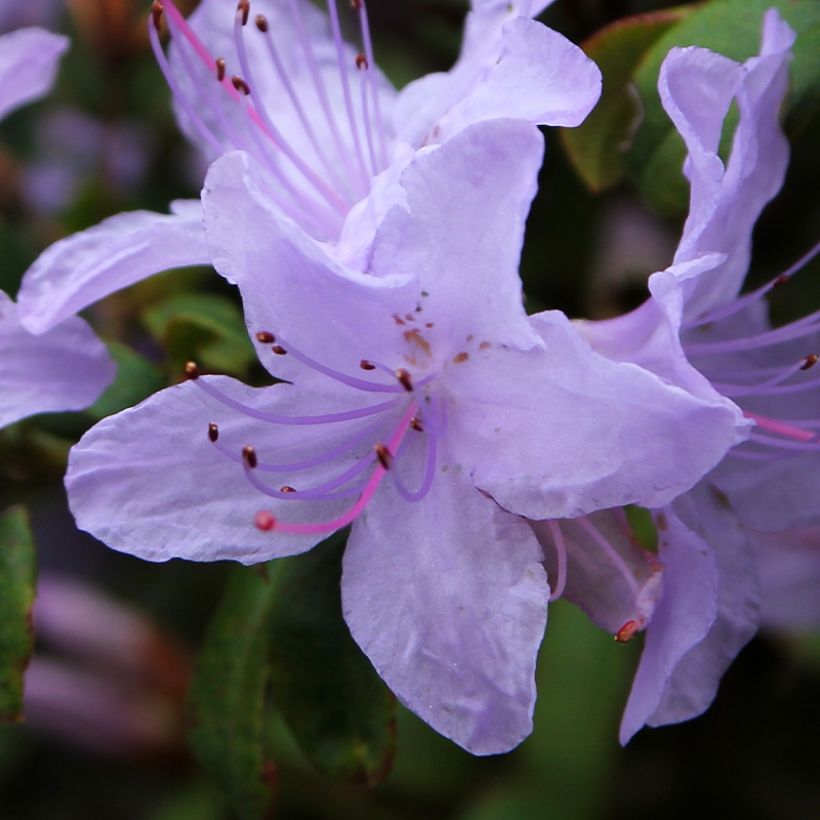

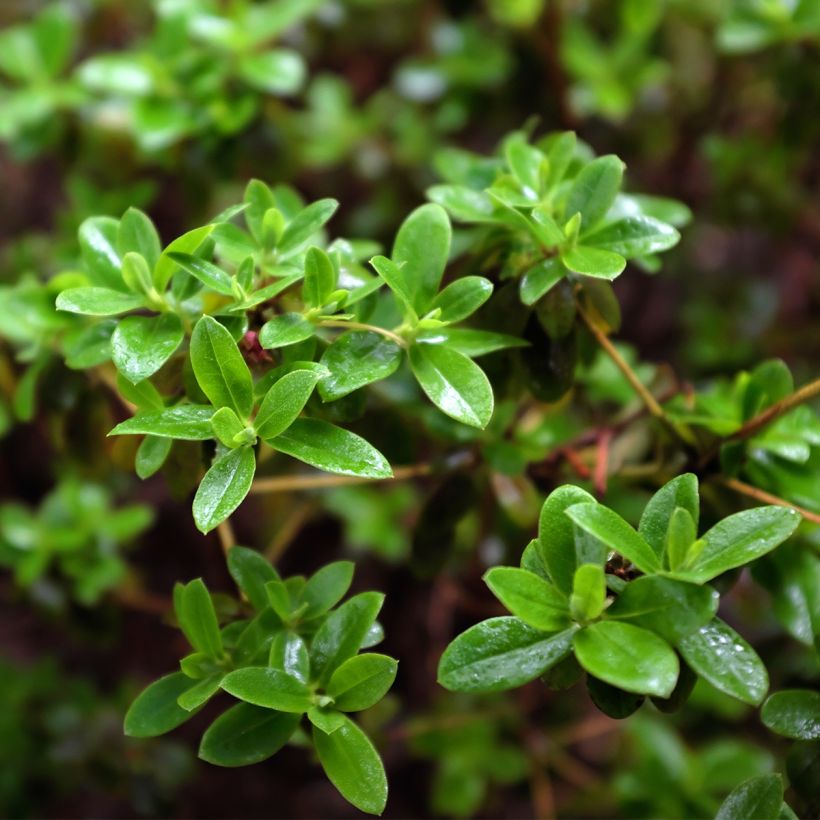

Plant habit
Flowering
Foliage
Botanical data
Rhododendron
x impeditum
Blue Tit
Ericaceae
Rhododendron nain
Cultivar or hybrid
Other Small Rhododendron
Planting and care
Plant Rhododendron 'Blue Tit' in a partially shaded position, protected from cold and drying winds, in a cool, humus-rich and light soil with an acidic tendency. Like all plants in the heather family, it cannot tolerate alkaline soils or heavy soils that become waterlogged in winter. Dig a hole three times the size of the pot. Soak the root ball in non-alkaline water and plant the bush at the collar level, in a mixture composed of 1/4 turf, leaf compost, gravel or pumice, and loam. Water thoroughly and keep the soil moist in summer.
Azaleas and Rhododendrons have a shallow root system. As a result, they are susceptible to long periods of drought. This is why it is recommended to enrich the soil with humus and water abundantly during dry periods. In addition, this root system is not very strong, which is why it is essential to lighten heavy soils with drainage materials (gravel, pumice, clay pellets) at planting.
Then, apply a mulch of shredded pine bark at the base of the bush every spring to maintain soil moisture while keeping the pH acidic. Maintenance consists of removing faded flowers in summer and cleaning dead branches.
Azaleas and Rhododendrons can sometimes be attacked by weevils that eat the edge of the leaves and rootlets, as well as the famous "rhododendron beetle" which does not usually cause severe damage. Yellowing of the leaves (chlorosis) in Rhododendron indicates poor assimilation of iron in the soil and can lead to the premature death of the plant. While limestone is often the cause, poorly drained soil or deeply planted root balls can also explain the phenomenon.
Planting period
Intended location
Care
This item has not been reviewed yet - be the first to leave a review about it.
Evergreen shrubs
Haven't found what you were looking for?
Hardiness is the lowest winter temperature a plant can endure without suffering serious damage or even dying. However, hardiness is affected by location (a sheltered area, such as a patio), protection (winter cover) and soil type (hardiness is improved by well-drained soil).

Photo Sharing Terms & Conditions
In order to encourage gardeners to interact and share their experiences, Promesse de fleurs offers various media enabling content to be uploaded onto its Site - in particular via the ‘Photo sharing’ module.
The User agrees to refrain from:
- Posting any content that is illegal, prejudicial, insulting, racist, inciteful to hatred, revisionist, contrary to public decency, that infringes on privacy or on the privacy rights of third parties, in particular the publicity rights of persons and goods, intellectual property rights, or the right to privacy.
- Submitting content on behalf of a third party;
- Impersonate the identity of a third party and/or publish any personal information about a third party;
In general, the User undertakes to refrain from any unethical behaviour.
All Content (in particular text, comments, files, images, photos, videos, creative works, etc.), which may be subject to property or intellectual property rights, image or other private rights, shall remain the property of the User, subject to the limited rights granted by the terms of the licence granted by Promesse de fleurs as stated below. Users are at liberty to publish or not to publish such Content on the Site, notably via the ‘Photo Sharing’ facility, and accept that this Content shall be made public and freely accessible, notably on the Internet.
Users further acknowledge, undertake to have ,and guarantee that they hold all necessary rights and permissions to publish such material on the Site, in particular with regard to the legislation in force pertaining to any privacy, property, intellectual property, image, or contractual rights, or rights of any other nature. By publishing such Content on the Site, Users acknowledge accepting full liability as publishers of the Content within the meaning of the law, and grant Promesse de fleurs, free of charge, an inclusive, worldwide licence for the said Content for the entire duration of its publication, including all reproduction, representation, up/downloading, displaying, performing, transmission, and storage rights.
Users also grant permission for their name to be linked to the Content and accept that this link may not always be made available.
By engaging in posting material, Users consent to their Content becoming automatically accessible on the Internet, in particular on other sites and/or blogs and/or web pages of the Promesse de fleurs site, including in particular social pages and the Promesse de fleurs catalogue.
Users may secure the removal of entrusted content free of charge by issuing a simple request via our contact form.
The flowering period indicated on our website applies to countries and regions located in USDA zone 8 (France, the United Kingdom, Ireland, the Netherlands, etc.)
It will vary according to where you live:
- In zones 9 to 10 (Italy, Spain, Greece, etc.), flowering will occur about 2 to 4 weeks earlier.
- In zones 6 to 7 (Germany, Poland, Slovenia, and lower mountainous regions), flowering will be delayed by 2 to 3 weeks.
- In zone 5 (Central Europe, Scandinavia), blooming will be delayed by 3 to 5 weeks.
In temperate climates, pruning of spring-flowering shrubs (forsythia, spireas, etc.) should be done just after flowering.
Pruning of summer-flowering shrubs (Indian Lilac, Perovskia, etc.) can be done in winter or spring.
In cold regions as well as with frost-sensitive plants, avoid pruning too early when severe frosts may still occur.
The planting period indicated on our website applies to countries and regions located in USDA zone 8 (France, United Kingdom, Ireland, Netherlands).
It will vary according to where you live:
- In Mediterranean zones (Marseille, Madrid, Milan, etc.), autumn and winter are the best planting periods.
- In continental zones (Strasbourg, Munich, Vienna, etc.), delay planting by 2 to 3 weeks in spring and bring it forward by 2 to 4 weeks in autumn.
- In mountainous regions (the Alps, Pyrenees, Carpathians, etc.), it is best to plant in late spring (May-June) or late summer (August-September).
The harvesting period indicated on our website applies to countries and regions in USDA zone 8 (France, England, Ireland, the Netherlands).
In colder areas (Scandinavia, Poland, Austria...) fruit and vegetable harvests are likely to be delayed by 3-4 weeks.
In warmer areas (Italy, Spain, Greece, etc.), harvesting will probably take place earlier, depending on weather conditions.
The sowing periods indicated on our website apply to countries and regions within USDA Zone 8 (France, UK, Ireland, Netherlands).
In colder areas (Scandinavia, Poland, Austria...), delay any outdoor sowing by 3-4 weeks, or sow under glass.
In warmer climes (Italy, Spain, Greece, etc.), bring outdoor sowing forward by a few weeks.

































